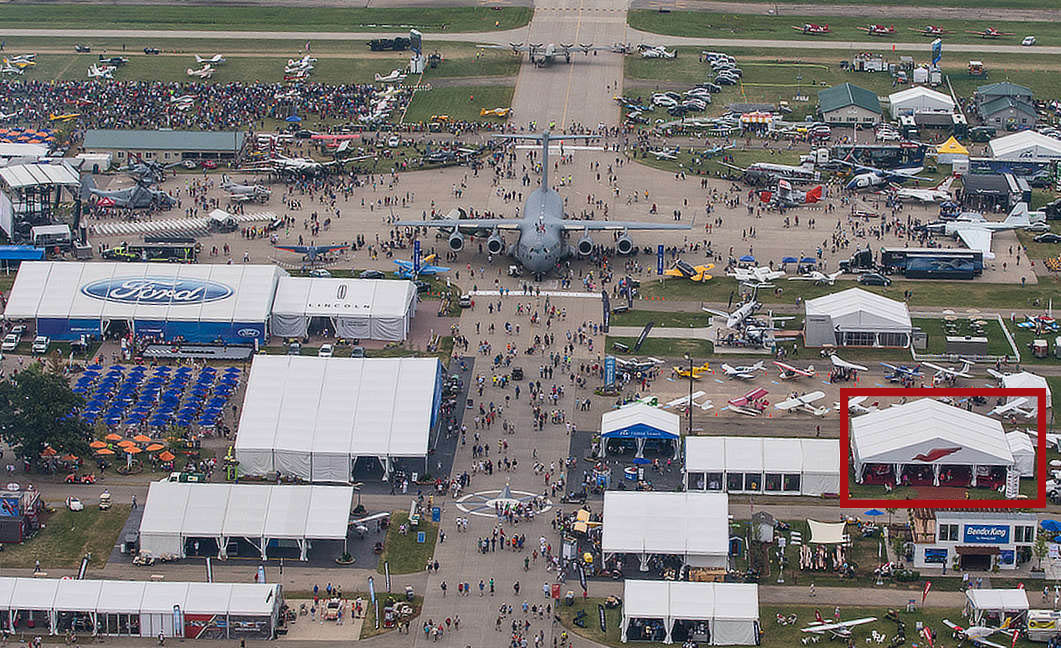The Future of Instructional Design in Aviation is Simulation
This world of technology we live in is always changing, and with certain advancements in modern instructional design, the tools we use as teachers are changing very rapidly, too. As flight instructors, we are constantly working to identify how to best train pilots with the latest technology. How do we incorporate the newest technology into our teaching methods without losing the focus on the message? How do we incorporate new teaching tools while holding onto what has always worked? Can we do both?
As teachers, we should be seeking out new methods and tools for instruction. One of those modern tools available to us as instructors is the flight simulator. We used to think of flight simulators as a second-rate flight training tool, to be used when a real airplane isn’t available or is too cost-prohibitive. But modern instructional design suggests that the flight simulator is not only a practical learning tool for pilots in the absence of a real airplane - it’s nothing short of essential to flight training. And while we always say that there’s nothing that can reproduce the learning that takes place in an actual airplane, current trends in instructional design seem to suggest otherwise. Based on the research, it might not be too far-fetched to conclude that simulators may actually provide a better learning platform than the real airplane when it comes to training the next generations of student pilots. It also safely exposes them to the full performance envelop of the aircraft, something you would only do in a simulator.
A little bit of research on modern instructional design methods tells us that the learning world is changing from classrooms and textbooks to iPhones and video games, and from teacher-led platforms to student-led curriculum. Here are some of the latest trends in instructional design, and how they correlate with simulator training.
Virtual/Augmented Reality: A simulator is, by definition, a virtual reality tool. Augmented reality brings simulation a step further by incorporating simulation into the real-world environment. Think synthetic vision, available today via an app on your phone or tablet.
Gamification: One of the newest trends in teaching is gamification, or using video games as a teaching tool. The gamification of learning taps into the popularity of apps and games played on phones or tablets to make learning fun and engaging. It uses elements of player interaction, mystery, emotional content, and visual progress in the form of levels or achievements to help students remain engaged and retain knowledge. A flight simulator is perhaps one of the earliest examples of gamification. We can take it to a new level by incorporating our own instructional challenges into simulator lessons, as well.
Related Content: The Impressive Story of 24 Students that Flew Around the World
Intentional Video/Graphics Display: The right balance of high-quality visuals and appropriate content is a challenge. By incorporating real-life images and scenes with smooth transitions and high-quality graphics, as a flight simulator does, students will maximize learning without becoming visually overwhelmed.
Adaptive Learning/Personalization: Today’s learning technology should not be a one-size-fits-all platform. Adaptive learning occurs when a computer changes its own training program on an individual basis, based on data mining and the history of each individual student. With a simulator, this could mean that the computer will “remember” your students so that they can show up each time and pick up where they left off, and perhaps even change content or graphics in real time to adjust to the student’s needs.
Scenario-Based Training/Learned-Centered Teaching: The FAA has been advocating scenario-based training and learner-centered teaching for years now, and for good reason -- research tells us that it works. Simulators are perfect tools for safely teaching real-life scenarios, such as in-flight emergencies.
Related Content: 8 VFR Emergencies Perfect for Flying in a Simulator
We’ve often said that there is no substitute for experience in an actual airplane and in a real-world environment. But could it be that this training device we often view as only a standby training tool is exactly what the future of flight training requires?
Share this
You May Also Like
These Related Articles
-2.jpeg)
How Top Flight Schools Use Full Motion Flight Simulators

Redbird Ground References at AirVenture 2018
